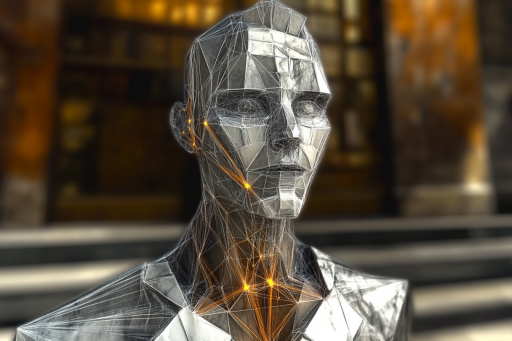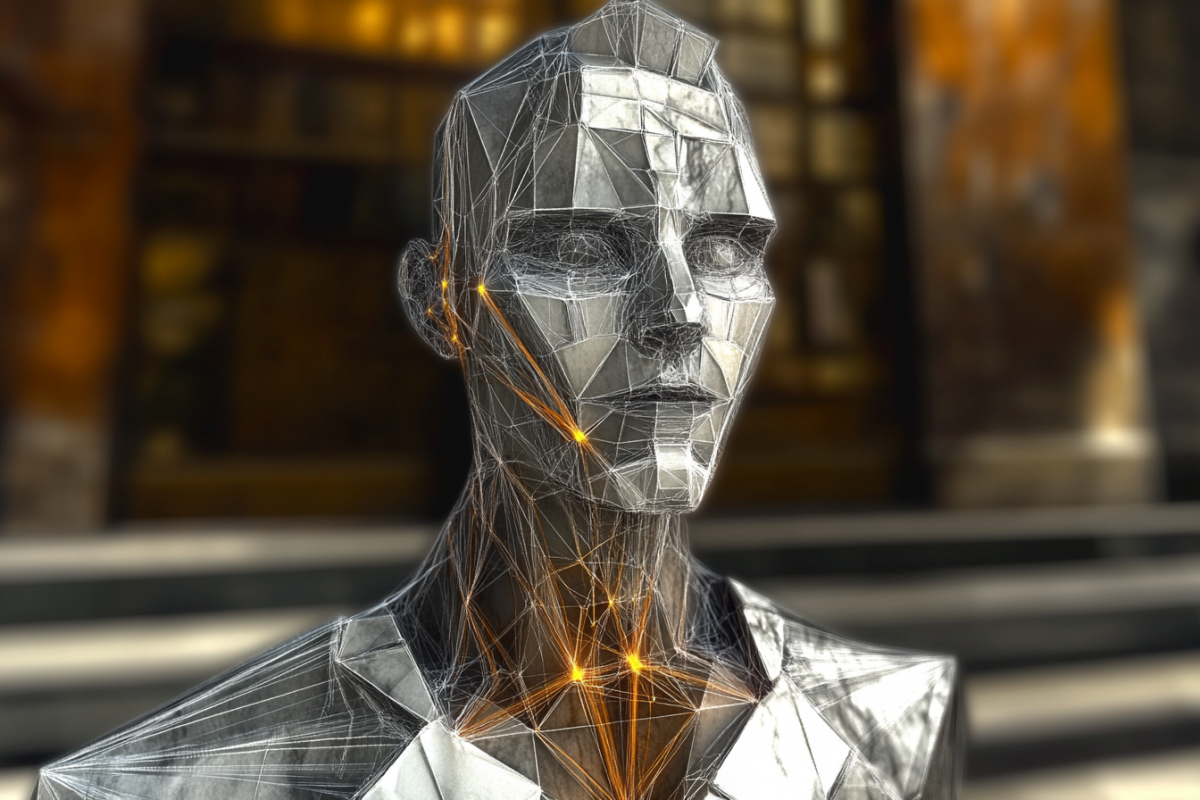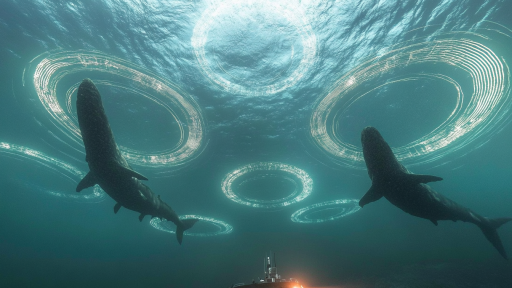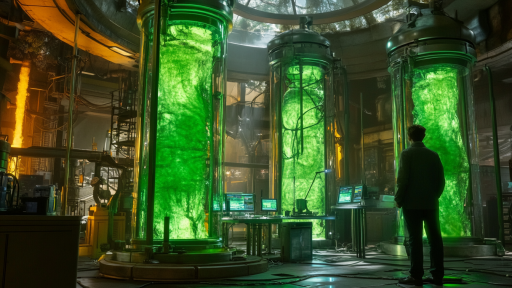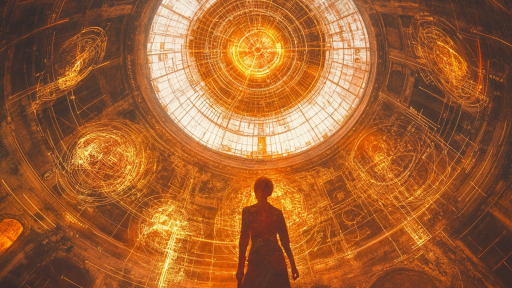
The human body is a masterpiece of complexity, capable of feats that science still struggles to explain. From spontaneous healing to inexplicable endurance, the body sometimes seems to operate beyond known biological limits. Researchers continue to uncover strange abilities and mysteries hidden in our cells, nerves, and brains. Could it be that we understand less about ourselves than we think?
The Brain That Rewires Itself

Neuroplasticity allows the brain to adapt in ways once thought impossible. People who have suffered traumatic brain injuries or lost entire regions of their brains can sometimes regain full functionality—because the brain can reroute neural pathways like a living circuit board. In rare cases, individuals born without key brain structures can still develop normal cognitive function. How the brain reorganizes itself so efficiently remains a neurological mystery.
People Who Feel No Pain

Some individuals are born with congenital insensitivity to pain, a rare condition where they cannot feel pain, even from broken bones or burns. While this may sound like a superpower, it can be dangerous, as pain is the body’s alarm system. Scientists are still trying to understand how their nervous systems block pain signals, and whether this mechanism could one day lead to pain-free medicine for everyone.
Superhuman Strength in Crisis

In moments of extreme danger, people have been known to lift cars, bend metal, or break through barriers that should be beyond human capability. This phenomenon, known as hysterical strength, is believed to be linked to an adrenaline surge, but no one fully understands its limits. How the body overrides normal muscle constraints and accesses hidden reserves of power is still an open question.
The Body That Glows in the Dark

Humans emit low levels of bioluminescence, but it’s normally too faint to see. However, specialized cameras have detected that our bodies actually glow in distinct patterns, with the head and torso emitting the most light. This natural glow peaks and fades throughout the day, though scientists have yet to determine exactly why our bodies produce this eerie luminescence.
Memories Passed Through Generations

Some researchers believe trauma and experiences can be biologically inherited through a process called epigenetics. Studies suggest that the fears and stresses of past generations can influence the brain and behavior of descendants. How emotional experiences leave a lasting imprint on DNA, and whether they can be reversed, remains one of biology’s biggest mysteries.
The Man Who Survived Without a Pulse

A patient once lived for over a month without a heartbeat, thanks to a revolutionary artificial device that pumped blood continuously without mimicking a pulse. His body adapted to a state previously thought impossible—proving that a beating heart may not be as essential as we once believed. The implications of a pulseless body challenge everything we thought we knew about life and death.
The Body That Can Freeze and Revive

Some people have survived being clinically dead for hours, even after being frozen in extreme conditions. When body temperature drops drastically, metabolism slows to near suspension, preserving vital functions. In rare cases, individuals have been revived without brain damage after extreme hypothermia, raising questions about the limits of human survival and the future of cryogenics.
The Mind That Controls the Body’s Temperature

Some individuals can consciously control their body temperature through intense meditation, a practice seen in Tibetan monks who generate heat even in freezing conditions. The Wim Hof Method, practiced by some extreme athletes, also claims to harness this ability. Scientists are still investigating how the nervous system can be trained to defy the expected responses to cold and stress.
The Gut That Thinks on Its Own

The human gut has been called the “second brain” because of its vast network of neurons that can function independently of the central nervous system. It produces neurotransmitters, influences mood, and even makes decisions about digestion without any input from the brain. Some scientists believe the gut plays a larger role in intelligence, emotions, and mental health than we ever realized.
Are We More Than We Seem?

The human body continues to challenge the limits of science and medicine, revealing capabilities that defy explanation. Are these biological anomalies simply the result of evolution, or is there more to the human experience than we currently understand? As science pushes deeper into these mysteries, we may find that we are only beginning to unlock the full potential of the body. Perhaps the greatest discoveries are hidden within us, waiting to be understood.

